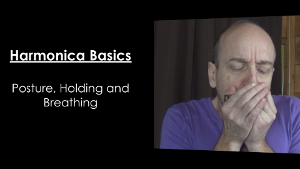
How To Play Harmonica - Posture, Holding, Breathing
There are a number of different factors that will affect your sound and ability to play the harmonica. Let's take a look at posture, how to hold the harmonica and proper breathing technique.
Lesson Info
Difficulty: Beginner
Lesson Length: 5:29
Instructor: George Goodman
This lesson uncovers how to get the best sound out of your harmonica through proper posture and using the stomach muscles and diaphragm.
Recommended Gear
A C harmonica is the first one you need to follow along with the lessons on the site. I often play a Hohner Special 20 Harmonica in the key of C through a Shure Green Bullet microphone Model 5200 and Fender Super Champ amplifier
Going For a Big Fat Sound
The Posture of the Harmonica Player
1) Body Position - Stand up straight and relaxed - The harmonica is a wind instrument, so to produce the best sound you need to be in a position to best control that wind. Old-fashioned good posture will give you the best tone and control over the sound. Stand or sit up straight but stay relaxed. You want to be able to breathe freely and deeply.
So much of the sound that comes out of a harmonica is the result of the body – control of the airflow by the diaphragm, reshaping that air flow with the mouth cavity, controlling the attack of the air with the tongue.
2) Hand Position – For the times when you aren’t using a harmonica holder, here is the common way to hold the harmonica. Tuck it in between your left index finger and thumb. Make sure the numbers on your harmonica are pointing up and clearly visible. You want your left thumb and finger to be along the outer edge and out of the way of your lips. Take your right hand and cup it around your left, hooking your right thumb around the right end of the harmonica. Your right hand is used for different sounds and techniques such as vibratos or tremolos and wah-wah effects.
3) Bring the harmonica up to your mouth and let your elbows hang down at your side. Keep your head up while playing so that spit doesn’t run down into the harmonica causing reed blocking.
4) Put the harmonica fully in your mouth – with your lips forming a seal around it. At this point you might think that you won’t be able to play single notes if you’re putting so much of the harmonica in your mouth but with some practice you will make it happen. We’ll look at playing single notes in the next lesson.
5) Breathing – Breathing is controlled by your diaphragm. This is a sheet of muscle that separates your chest and abdominal cavities. When you inhale, the diaphragm is pulled down causing your stomach area to expand and also causing a vacuum in your chest cavity that draws air down into your lungs. When you exhale, the diaphragm returns to its normal position and the stomach contracts. If you are breathing correctly, your stomach will be expanding and contracting and not your chest. You need to draw air past your chest and into your lungs. When exhaling, you should push from your stomach instead of your chest. Utilizing your stomach muscles and diaphragm will give you greater control over your breathing allowing you to produce a focused stream of air both in and out.
Practice blowing in and out of the harmonica using your diaphragm and stomach muscles. Try to keep an even, focused amount of air. You don’t need a lot of air. Too much air will cause the harmonica reed to get blocked and not sound. When exhaling, play all the way through the harmonica. Envision opening up and expanding all your airways to give you a big fat sound.
5 Pack Case of Hohner Special 20s
What do I like about the Special 20s?
Great Sound, Smooth Comb, Responsive to Bending - but not loose, Affordable. I play Special 20s more than any other model.
Martin Acoustic Guitar Strings
If it's been a while since you've changed your strings, you won't believe the difference in the sound. These are some excellent Martin strings. Need I say more? Totally affordable.
Hohner Harmonica Holder
The Hohner Harmonica Neck Holder fits harmonicas up to 7-1/2" long, has a nickel plated finish and fits any neck shape.
I have used a similar holder for over 25 years. This no-nonsense holder will work for you.




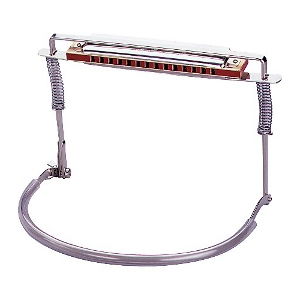
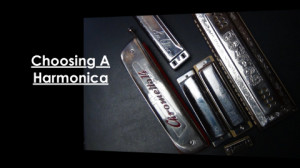



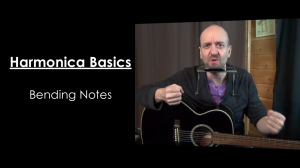

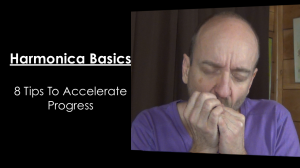
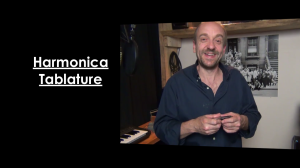


Leave a Reply